What is Amplience?
Amplience is a company that offers a platform that uses artificial intelligence to generate content. This content is specifically designed to enhance online shopping experiences. The unique aspect of this platform is its ability to understand the context in which shopping is happening. This could be the type of device being used, the time of day, or even the user’s browsing history. The platform can provide more relevant and engaging content by understanding this context.
The platform also can collect content from various sources, organize it in a meaningful way, and then make it available for use on websites, apps, and other digital channels. This process is known as aggregating, structuring, and publishing content.
One of the key features of Amplience’s platform is its low-code content management system. This is a software platform that allows users to create, manage, and modify digital content with minimal coding required. This makes it easier for non-technical users to manage content.
In addition to this, the platform also offers digital asset management and digital experience management. These features help manage digital assets like images, videos, and documents, and the overall digital experience like the design and functionality of a website.
Another important aspect of Amplience’s platform is its ability to create personalized shopping experiences. This means the platform can tailor the shopping experience to individual users, showing products that a user is likely to be interested in or providing recommendations based on past purchases.
Finally, Amplience provides expert support to its customers at every process step. This includes everything from setting up the platform to ensuring it’s running smoothly. This level of support helps businesses move faster, work smarter, and stay ahead of the competition.
Key Features
Amplience is a commerce experience platform that offers numerous features to support B2B and B2C commerce companies. Here are some key features of Amplience:
Interface and Performance: Amplience provides a user-friendly interface that allows you to manage large media files or folders efficiently. This is particularly useful for businesses that deal with a large volume of digital assets regularly. The interface is designed to be intuitive and easy to navigate, making it easy for users to find and manage their assets.
Search: The search feature in Amplience allows you to quickly locate specific assets by searching for keywords or metadata associated with the asset. This can save you a lot of time when you need to find a specific asset in a large collection.
File Preview: With the file preview feature, you can view a preview of large image files and video storyboards without having to download them. This can be very useful when you need to quickly check the content of a file.
Analytics: Amplience provides analytics that gives you insights into how your digital content is performing. This can help you understand which types of content are most engaging to your audience, allowing you to make data-driven decisions about your content strategy.
Asset Management: Amplience supports a wide range of file types, making it a versatile tool for managing all kinds of digital assets. It also automatically adds metadata to your assets, such as file size and upload date, which can be useful for tracking and organizing your assets.
Versioning: The versioning feature in Amplience allows you to keep track of the different versions of an asset. This can be very useful when you need to revert to a previous version of an asset, or when you want to track the changes made to an asset over time.
Expiration: With the expiration feature, Amplience can automatically manage assets that are no longer needed. This can help you keep your digital asset library clean and organized.
Watermark: The watermark feature allows you to add a visual watermark to your images and videos. This can be a useful tool for protecting your digital assets and preventing unauthorized use.
Digital Rights Management: Amplience helps you manage the licensing and copyright information for your digital assets. This can be important for businesses that need to ensure they are using their digital assets in a legally compliant manner.
Amplience’s MACH architecture (Microservices based, API-first, Cloud-native SaaS, and Headless) ensures that the platform is highly scalable and can quickly adapt to changing business needs. This architecture allows for rapid development and deployment of new features and improvements, making Amplience a powerful tool for any business looking to enhance its digital experience.
Benefits of Amplience
Amplience is a commerce experience platform that offers several benefits:
Generative AI Content: Amplience uses artificial intelligence to create personalized shopping experiences. This means it can automatically generate content that is tailored to each individual customer, based on their preferences and behavior. This can lead to more engaging shopping experiences, which can in turn lead to increased customer loyalty and higher sales.
Low-Code CMS: Amplience provides a content management system that requires little to no coding. This makes it easier for non-technical team members to manage and update the website’s content. This can lead to more efficient content management and faster updates.
Speed and Agility: Amplience is built on a MACH architecture, which stands for Microservices, API-first, Cloud-native, and Headless. This means it’s designed to be fast, flexible, and scalable. It can quickly adapt to changes and can easily scale up to handle increased traffic.
Cost Savings: By automating many tasks, Amplience can help businesses save money on staffing costs. It can increase the productivity of existing teams, meaning businesses can achieve more without needing to hire more staff.
Employee Benefits: Amplience offers a range of benefits to its employees, including insurance benefits, retirement benefits, and vacation policy. These benefits can help attract and retain talented employees.
Benefits of Amplience
Amplience is a commerce experience platform that offers several benefits:
Generative AI Content: Amplience uses artificial intelligence to create personalized shopping experiences. This means it can automatically generate content that is tailored to each individual customer, based on their preferences and behavior. This can lead to more engaging shopping experiences, which can in turn lead to increased customer loyalty and higher sales.
Low-Code CMS: Amplience provides a content management system that requires little to no coding. This makes it easier for non-technical team members to manage and update the website’s content. This can lead to more efficient content management and faster updates.
Speed and Agility: Amplience is built on a MACH architecture, which stands for Microservices, API-first, Cloud-native, and Headless. This means it’s designed to be fast, flexible, and scalable. It can quickly adapt to changes and can easily scale up to handle increased traffic.
Cost Savings: By automating many tasks, Amplience can help businesses save money on staffing costs. It can increase the productivity of existing teams, meaning businesses can achieve more without needing to hire more staff.
Employee Benefits: Amplience offers a range of benefits to its employees, including insurance benefits, retirement benefits, and vacation policy. These benefits can help attract and retain talented employees.
Drawbacks of Amplience
Amplience is a powerful platform for managing digital content, but like any tool, it has its drawbacks. Here are some potential issues you might encounter:
High Cost: Amplience offers a wide range of features for managing digital content. However, these extensive capabilities come at a high price. This could be a barrier for small businesses or projects with a limited budget.
Limited Offline Content Management: Amplience is designed for managing online and digital content. If your project requires managing content that’s primarily offline, Amplience might not be the best fit. For example, if you need to manage print materials or other non-digital assets, you might find Amplience’s capabilities limited.
Specific Focus: Amplience is particularly effective for projects that involve business-to-business (B2B) or business-to-consumer (B2C) interactions. If your project doesn’t fall into these categories, Amplience might not meet your needs. For instance, if you’re working on an internal communication project or a non-profit initiative, you might need a different tool.
Image/File Issues: Some users have reported difficulties with importing images directly into Amplience and using them to create templates and content. This could slow down your content creation process and require additional steps to resolve.
How does Amplience Work?
Amplience is a commerce experience platform that serves both B2B and B2C commerce companies. It is designed to help businesses thrive in the modern experience economy. One of the key features of Amplience is its low-code content management system, digital asset management, and digital experience management platform. This allows companies to manage their content effectively and efficiently.
What sets Amplience apart is that it’s developer-powered and business-enabled. This means it’s designed to be used by both technical and non-technical team members. This flexibility allows for a more collaborative and efficient workflow within a company.
Amplience is built on a MACH architecture. MACH stands for Microservices based, API-first, Cloud-native SaaS, and Headless. This architecture delivers speed, agility, and scalability for creating digital experiences. It allows businesses to quickly adapt to changes and scale their operations as needed.
Another unique feature of Amplience is its use of generative AI content. This technology aims to improve shopping experiences by creating content that converts in every shopping context. This means that the content is tailored to the specific context of the shopper, increasing the likelihood of conversion.
Amplience also provides HTTP APIs for content delivery. The lightweight nature of JSON over HTTP gives great performance characteristics and is easy to use both in-browser and server-side. This makes it easier for developers to integrate Amplience into their applications and websites.
Finally, Amplience also focuses on asset management. It recreates the image in the process of publishing it to increase performance and reduce latency. This ensures that the images load quickly and efficiently, providing a better user experience.
Use Cases of Amplience
Amplience is a powerful platform that is used in various ways to enhance digital experiences. Here are some of the key use cases:
Content Management: Amplience provides a visual headless CMS that allows businesses to generate AI-powered content and preview how edits will appear on their sites in real-time. It offers features like scheduling campaigns, enterprise-level localization, flexible content modeling, and more. It also provides an API for building back-office applications, enabling webhook integrations, content automation apps, or integration with existing backend services.
Digital Transformation: Amplience supports businesses in their digital transformation journey by providing a guide to understand what digital transformation is, why it’s important, and how to plot the journey using the Digital Maturity Matrix. It has also helped several customers transform their digital experiences, particularly in response to the pandemic.
Omnichannel Retail: Amplience enables businesses to deliver consistent experiences across all channels or devices. It helps in managing and delivering relevant experiences across regions at scale with granular control over localization. It also delves into the dynamic world of omnichannel retail and composable commerce, discussing the future of brands and retailers with AI.
Start-up Growth: Amplience has been instrumental in the growth of start-ups. It raised $100 million in Series D funding for continued expansion in the US and globally, and to support the development and roll-out of ‘Dynamic Commerce Experience’. This is on the back of 60 percent plus, year-on-year revenue growth in content management revenues.
Conversion Optimization: Amplience helps in improving conversion rates by creating compelling shopping experiences. It provides insights into customer engagement and site performance, allowing businesses to make fast and informed decisions about changes to their content and strategy.
Headless Commerce: Amplience provides a commerce experience platform that is developer-powered, business-enabled, and built on a MACH architecture which delivers speed, agility, and scalability for creating digital experiences. It enables eCommerce capabilities by integrating with third-party tools.
In addition to these, Amplience can also be used in conjunction with Generative AI to create content and solutions that allow businesses to deliver personalized experiences. This includes content creation, image generation, and product recommendations.
Architecture of Amplience
Amplience follows the MACH architecture, which stands for Microservices, API-first, Cloud-native, and Headless. Here’s a brief explanation of each component:
Microservices: Microservices are small, independent, and loosely coupled services. Each service fulfills a specific purpose or meets a specific business need. They are developed, deployed, and maintained by a small team of developers. These services have a separate codebase that is managed by a small team of developers. These services are not dependent on each other, so if a team needs to update an existing service, it can be done without rebuilding and redeploying the entire application. Using well-defined APIs, these services can communicate with each other.
API-first: An API-first approach means that for any given development project, your APIs are treated as “first-class citizens.”. Everything about a project revolves around the idea that mobile devices will consume the end product and that client applications will consume APIs. An API-first approach involves developing APIs that are consistent and reusable, which can be accomplished by using an API description language to establish a contract for how the API is supposed to behave.
Cloud-native: Cloud-native architecture means adapting to the many new possibilities—but a very different set of architectural constraints—offered by the cloud compared to traditional on-premises infrastructure. A well-architected cloud-native system, on the other hand, should be largely self-healing, cost-efficient, and easily updated and maintained through Continuous Integration/Continuous Delivery (CI/CD). For instance, provisioning a replacement server can take weeks in traditional environments, whereas in the cloud, it takes seconds—your application architecture needs to take that into account.
Headless: Headless architecture is a development environment that separates the front-end (the user interface) and back-end (the application logic) of an application. This decoupled environment creates more flexibility and versatility for applications such as a website or CMS. This allows for greater flexibility and scalability, as developers can scale different components independently.
History of Amplience
Amplience is an AI Content company that was founded by James Brooke and Rory Dennis in 2008. The company is headquartered in London, England, and aims to improve shopping experiences with generative AI content. Their platform is unique in its understanding of the shopping context, generating and delivering personalized shopping experiences that convert in every channel. They serve more than 400 of the world’s leading brands, including Crate & Barrel and Ulta Beauty.
Amplience’s values are centered around shopping and speed, winning, responsibility and trust, and collaboration. They use AI in revolutionary, yet responsible, ways to move at the competitive speed of business. They dream big, aim high and never settle for second best. Their team takes responsibility for the success of the business but also for the impact they can have on each other. They believe in mutual collaboration, openness, respect, and support.
The board includes Pete Daffern, a veteran enterprise software executive, Jo Oliver, a Partner at Octopus Ventures, and Guy Sochovsky, a Partner and Co-Founder of Farview Equity Partners. The CEO of Amplience is Anthony Lye.
Amplience has raised a total of $178.1M in funding, with the last funding round (Series D) closing on Mar 15, 2022. This is a brief overview of Amplience’s history and operations. Let me know if you need more information.
Competitors of Amplience
Contentful
Amplience and Contentful are both well-regarded in the Web Content Management market. Amplience has an overall rating of 4.5 stars based on 11 reviews. Users have found it easy to use and set up. It is highly rated for its scalability, integration, and customization. Users appreciated its content revision history, production, and other services. It is particularly praised for its ease of deployment, administration, and maintenance.
On the other hand, Contentful has an overall rating of 4.4 stars based on 383 reviews. Users found it easier to administer. It is also highly rated for its scalability, integration, and customization. Users liked the wide range of features it offers. However, it is considered a premium platform at a premium price.
In summary, Amplience seems to meet the needs of its users slightly better than Contentful.
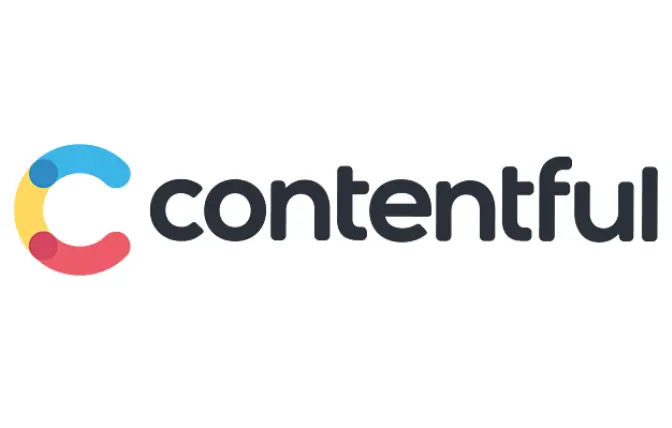
Sanity
Sanity and Amplience are both well-regarded in the content management systems (CMS) space. Based on user reviews and ratings, Sanity has a higher overall rating of 4.7 out of 5 stars from 753 reviews, compared to Amplience’s 4.0 out of 5 stars from 32 reviews.
Users have found Sanity to be easier to use, administer, and do business with overall. However, Amplience is favored for its ease of setup. When it comes to meeting business needs and providing ongoing product support, users have expressed a preference for Sanity. They also prefer the direction of Sanity in terms of feature updates and roadmaps.
In a feature-by-feature comparison, Sanity outperforms Amplience in content authoring, versioning, and content repository. On the other hand, Amplience excels in asset management and internal search, and it also has a higher score in automated publishing and multi-language support.
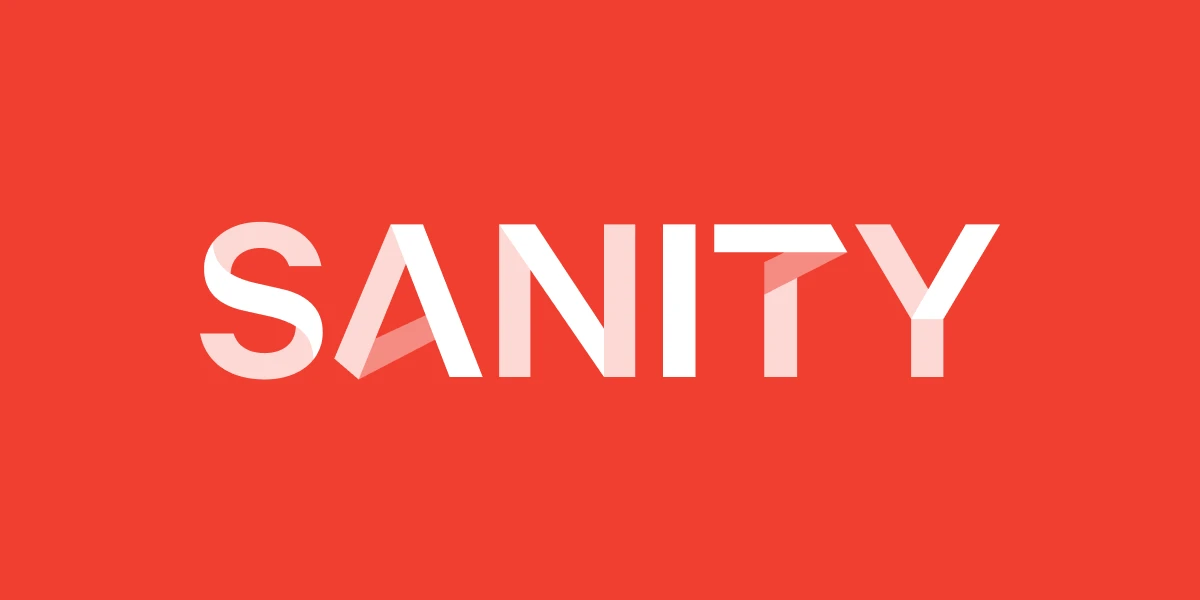
Storybook
Storybook and Amplience are both well-regarded tools in the field of web content management. Amplience has a rating of 4.5 stars based on 11 reviews, while Storybook has a rating of 4.4 stars based on 64 reviews. These ratings suggest that users appreciate both tools.
However, choosing between the two isn’t just about ratings. It’s important to consider your specific needs and requirements. You might want to look at product capabilities, customer experience, pros and cons, and reviewer demographics. Other aspects like cost, features, integrations, deployment, target market, support options, trial offers, training options, years in business, and region can also influence your decision.

Bloomreach
Amplience and Bloomreach are both prominent players in the Web Content Management market. Amplience has an overall rating of 4.5 stars based on 11 reviews, and all of its users are willing to recommend it. It is particularly praised for its overall capability, scalability, and integration, with ratings of 4.6, 4.4, and 4.1 out of 5 respectively. Users have highlighted its content revision history, production services, and adaptability to different platforms as its strong points.
On the other hand, Bloomreach has an overall rating of 4.3 stars from 21 reviews, with 62% of its users willing to recommend it. It also scores well in overall capability, scalability, and integration, with ratings of 4.3 out of 5 in each category. Users have appreciated its well-documented customization options and proactive support team.
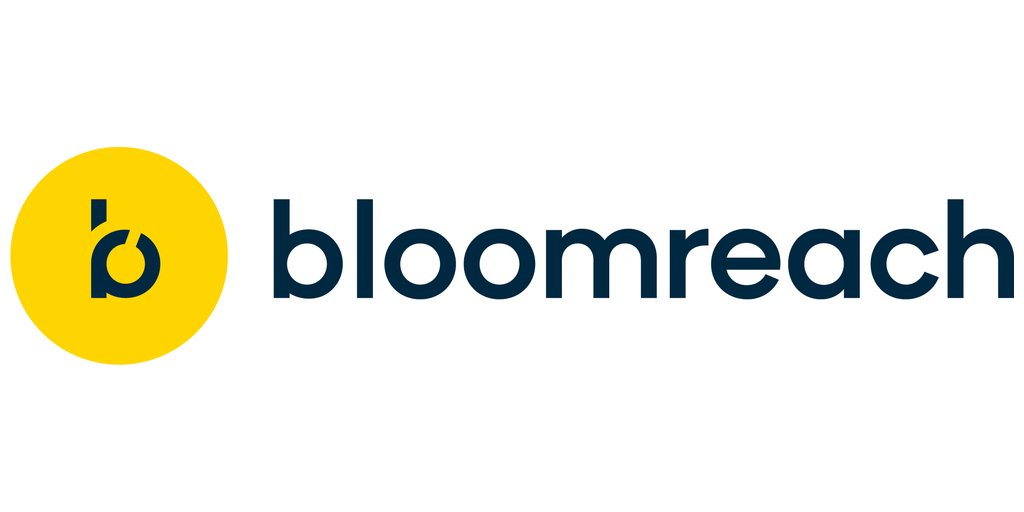
Contentstack
Contentstack and Amplience are both highly regarded in the Web Content Management market. They each have their own strengths and are appreciated by their users for different reasons.
Amplience has an overall rating of 4.5 stars based on 11 reviews, and all of its users are willing to recommend it. It is particularly praised for its content revision history, production, and other services. Users also appreciate its adaptability to different platforms and its ability to drive engagement forward.
On the other hand, Contentstack has an overall rating of 4.6 stars based on 95 reviews, with 93% of its users willing to recommend it. Users have highlighted its decoupled engineering, which enables brands to scale, and the use of CDNs for execution.
When comparing capabilities, Contentstack has slightly higher ratings for scalability, integration, customization, and ease of deployment. Meanwhile, Amplience stands out for its content revision history and adaptability.
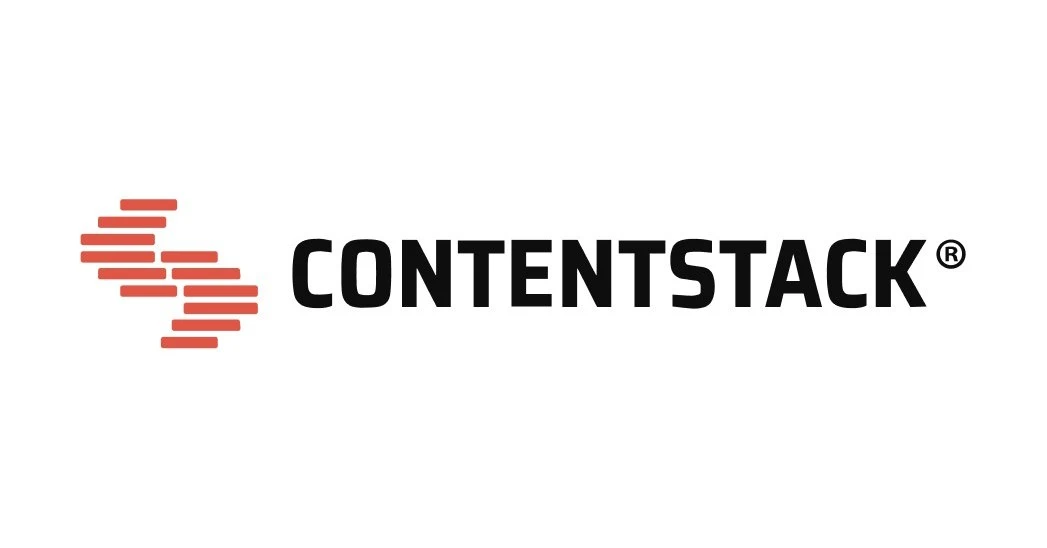
Clockwise
Clockwise and Amplience are both powerful tools, but they cater to different needs. Clockwise is an AI-powered calendar solution that optimizes your workday by building smarter schedules. It’s known for its user-friendly interface and features that help you reflect on the quality of time you’ve spent collaborating or working independently. However, it’s worth noting that some users have found external collaboration to be a bit challenging with Clockwise.
On the flip side, Amplience is a commerce experience platform that empowers B2B and B2C commerce companies to excel in the modern experience economy. It’s praised for its user-friendly interface and its ability to simplify content creation and modification. However, some users have reported experiencing slow performance with Amplience.
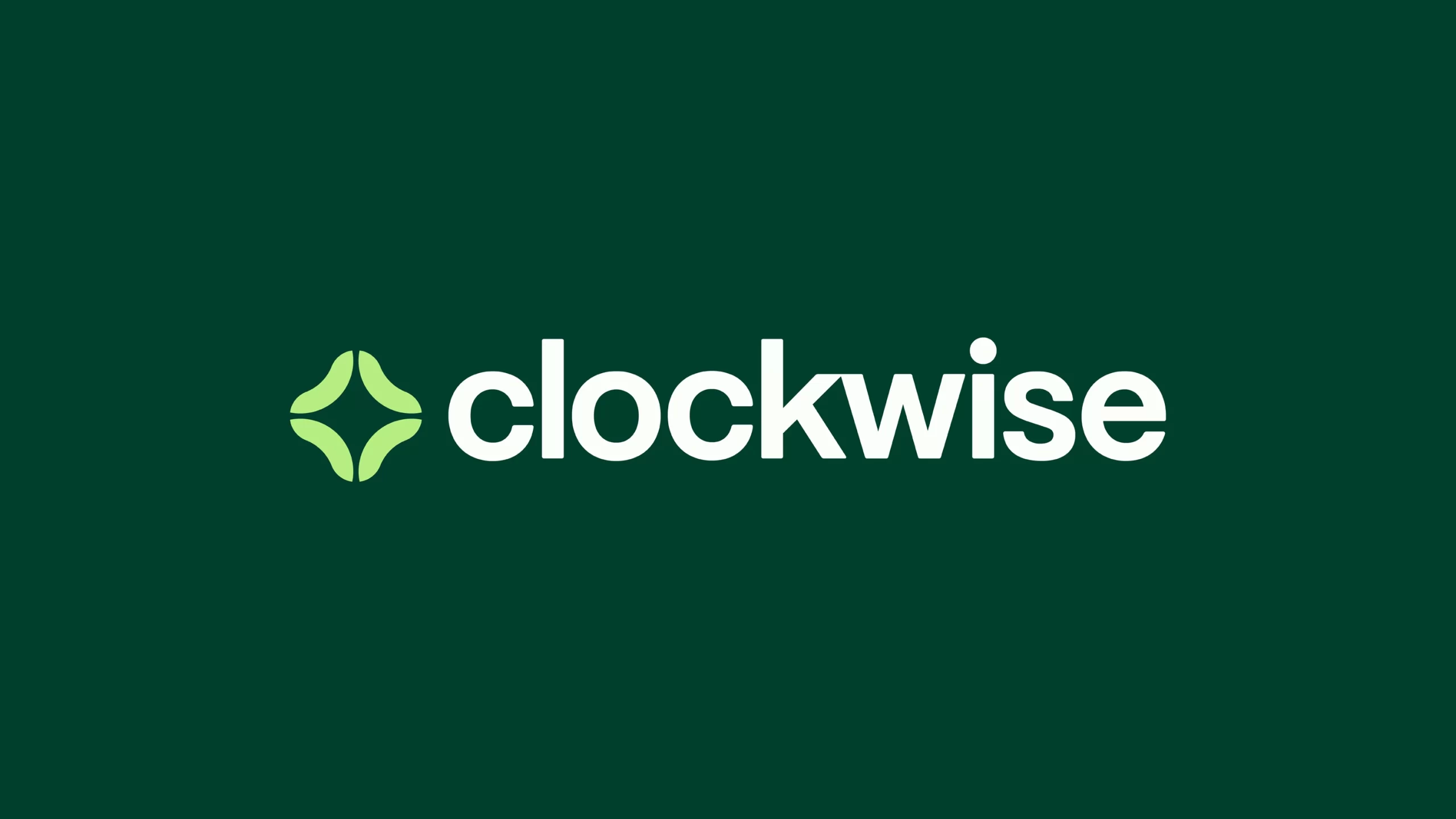
Falcon.io
Falcon.io and Amplience are both key players in the content management platform space for enterprise commerce brands. Falcon.io, founded in 2010, is a provider of a social media and customer experience SaaS platform. It has a workforce of 151 employees and is based in København, DK with an office in New York, US. The company has a strong social media presence with 13.4k Twitter followers and an employee rating of 4.3. Falcon.io has recently become part of the Brandwatch product portfolio, offering a full suite of tools for everyday tasks such as publishing social posts on all of the main platforms. The platform can be used in conjunction with Twitter, Facebook, LinkedIn, and Instagram.
On the other hand, Amplience, founded in 2008, provides a content management platform for enterprise commerce brands. It has a slightly larger workforce of 175 employees and is based in Greater London, GB with offices in Greater Manchester, GB, Middlehaven, GB, and New York, US. Amplience has a moderate social media presence with 2k Twitter followers and a slightly higher employee rating of 4.5 compared to Falcon.io.
In terms of social media management, Falcon.io seems to have a more comprehensive offering, especially after joining the Brandwatch product portfolio. However, Amplience has a slightly higher employee rating.
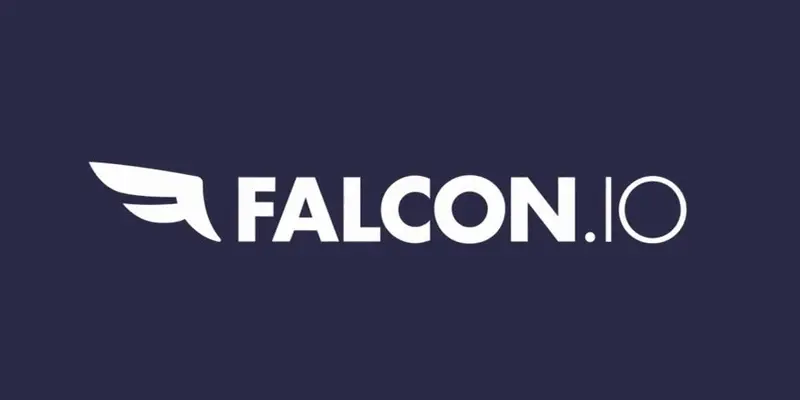
Bynder
When it comes to integration, Amplience provides a supported, fast way to use your Bynder-stored digital media. This means you only need to manage those assets in one place.
In terms of pricing, both platforms have different models. For the most accurate and up-to-date information, it’s best to check their official websites or contact their sales teams.
Each platform offers a variety of features. Some may be unique to one platform, while others may be available on both. Identifying which features are most relevant to your needs is crucial.
User satisfaction can be a good indicator of the quality of a platform. Reading user reviews can give you an idea of what to expect from each platform.
Lastly, the level of support provided by the platform can be a deciding factor. This includes technical support, customer service, and the availability of resources like tutorials and guides.

Emlen
Emlen and Amplience are both platforms that facilitate content management and distribution, but they cater to different needs and have distinct strengths. Emlen is often described as a digital sales room that enhances the exchange of sales content and collaboration between sellers and buyers. It’s praised for its ease of use and efficient content distribution, and its unique digital sales room technology is noted for boosting sales velocity. It has a high user rating of 4.9 out of 5 stars based on 18 reviews.
On the other hand, Amplience is a commerce experience platform that empowers B2B and B2C commerce companies to excel in the modern experience economy. Users appreciate its user-friendly interface and its ability to save time. It has a solid user rating of 4.0 out of 5 stars based on 32 reviews.
In essence, both platforms are well-regarded by their users. If you’re seeking a platform that focuses on sales content and collaboration, Emlen might be the better fit. Conversely, if you’re looking for a platform that offers a comprehensive commerce experience, Amplience could be more suitable.
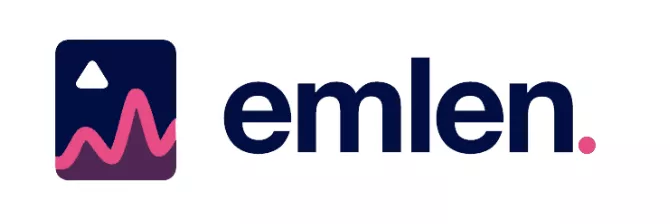
Amplience Pricing
Amplience offers a few different pricing options to support every stage of growth:
Developer Trial Edition: This is a free trial version available for 60 days. It’s designed for developers to explore the features of a headless Content Management System (CMS), Digital Asset Management (DAM), and Content Delivery Network (CDN).
Starter Edition: This is a paid version aimed at growing businesses. It includes core dynamic content functionality, content authoring, content management, image asset management, real-time preview, assignees and status, CDN and APIs, webhooks integrations, and more. It allows up to 10M content requests per month and 10k stored images, 1 Hub, 2 Repositories, and 3 Users. The exact pricing for this edition is not publicly listed and you would need to contact Amplience directly for this information.
Enterprise Edition: This is the full-featured platform that includes everything in the Starter Edition plus additional features like calendar and scheduling, internationalization, video asset management, content requests, and asset storage. The pricing is based on visits, and it allows for unlimited Hubs, unlimited Repositories, additional users, access to the Premier Success plan, and Single Sign-On. Again, for the pricing of the Enterprise Edition, you need to contact Amplience.
Investment in Amplience
Amplience has recently raised $100 million in Series D funding. This funding round, which brings total investments in Amplience to $180 million, will be used for continued expansion in the US and globally, and to support the development and roll-out of ‘Dynamic Commerce Experience’. The equity investment came from Farview Equity Partners, a European growth equity investor, and growth financing from Sixth Street, a leading global investment firm. Existing investor Octopus Ventures also contributed to the capital raise.
Customers of Amplience
Amplience is a platform that provides content management solutions for businesses. It helps brands deliver better shopping experiences by managing and optimizing their digital content. Here’s a bit more detail on the customers I mentioned:
Shoe Carnival: This is a family footwear retailer based in America. They used Amplience to improve their content management, which led to an improved customer experience and a faster time-to-market. Their conversion rates also increased by 6%.
The Gym Group: This is a gym chain based in the UK. They used Amplience to transform their digital platform, enhancing the user experience for their rapidly expanding membership base.
Landmark Group: This is the largest omnichannel retailer in the Middle East, Africa, and India. They use Amplience to create remarkable customer experiences for over 50 major brands.
Selfologi: This is an online brand that has grown significantly since it went live, appearing in millions of searches. This growth was facilitated by Amplience.
Mizuno USA: This company reduced its workload, boosted conversion rates by 5X, reduced time-to-market by 10-20%, and launched a powerful new website within 6 weeks, all with the help of Amplience.
Traeger Grills: This company implemented a full headless architecture for commerce using a headless CMS in collaboration with Amplience.
In summary, these companies have used Amplience to improve their digital content management, leading to better customer experiences and improved business performance.